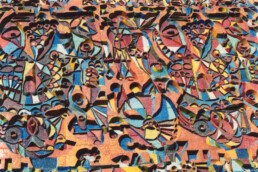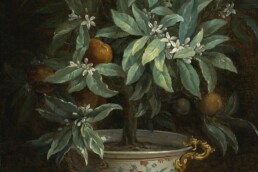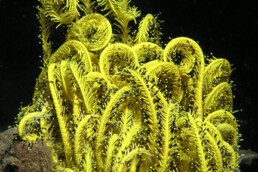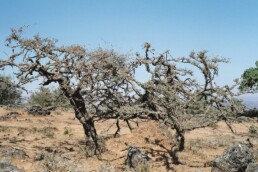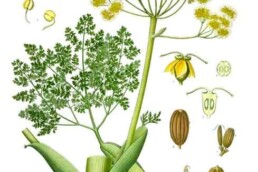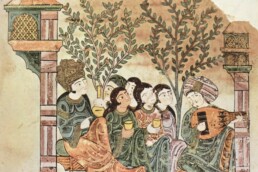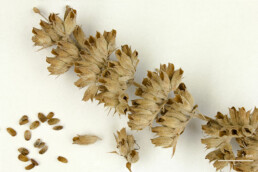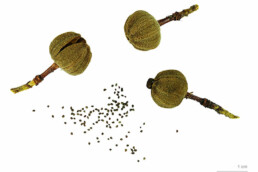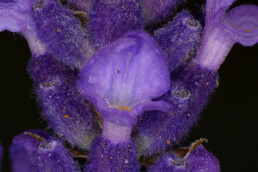Incense of Music is an olfactory concert series with exquisite incense and excellent musicians.
Sounds and smells penetrate synaesthetically and interact in a way that enhances the sensual focus of the listeners and musicians and supports the common spiritual awareness. For at the moment of its extinction the plant passes on something to us. Her essence is brought into the somato-spiritual being of man like played over into a different field. Invisible like the sounds, the fragrance molecules pour in on us. They share with us by changing our minds.In our concerts we dedicate a pair of plants burned in two separate sets before and after the break. Perceptual identity and cultural background of the fragrances correspond to the provenances of our musicians as well as to the history of their instruments and sounds. Intuitionally there develops polyphonic interaction among plants, music and fragrance, in between mind and space.
Smelling and hearing by their very nature adjust the concrete place of receptive aesthetics into the sensual center of the scene, the human being.
They are the two most open, cross-border and transcultural senses we possess. The room surrounds his listener with airborne fragrance molecules and harmonics vibrating in it. This creates an inner landscape woven from sounds and fragrances.
Oftenly exotic names of plants, musical styles and instruments are charged with the aura of the mysterious.
Through global pathways of history the former exotic enters into its own – substances as well as their names. Rarely this becomes as evident as in the intercultural exchange of plants and the influence they have had on the cultural development of the regions, countries and continents worldwide as foodstuffs, basic materials for textiles or as spices, medicines and fumigants. Just as wheat, maize or rice plants spread globally and, through their own usefulness, instrumentalized the human in evolutionary terms, the scented plants, though in a very different way, took their triumph over the human psyche. Man moved and cultivated frankincense, the palo santo, the tonka bean, or the salvia divinorum in his gardens and plantations….
They were used for ceremonial purposes or in everyday’s rituals as a means of clarification of body and abode or as inspirational tools.
Some of them perished within the civilization that had set up their habitat before and then were forgotten. However, incense plants from the same family are still in use somewhere in the world and could come back one day from there to their regions of origin. Like an old forgotten word they might return from a foreign country.
Incense plants are symbols of the crossing and exchange
between ourselves and the other, between our illusionary possession of experiences – a form of inner consumption in order to compensate ourselves for our lack of ourselves – and the seemingly growing demands the stranger approaches us with. With regard to this context we can look at smelling and hearing as the two most open and transcultural senses we own.
Air for breathing connects the human being to the cosmos.
Odors penetrate the human in his breath. Many plants therefore attained mythical quality; so laurel and cypress in Europe, the dragon-blood tree in Asia. Many kitchen herbs as well as firewood combined physiological and mental qualities and came equally into use in the kitchen as in the incense bowl, such as sage or birch. Others were honored during sexual orgies in sacred or profane rituals, such as the Labdanum, one of the most coveted aphrodisiacs of European antiquity. Like the cultures themselves incense plants have repeatedly setbacks in their history: the frankincense-plant was forbidden in Catholic Europe outside of cultic areas, the use of only a certain incense prescribed in ecclesiastical celebrations; at a university in Utah, an Indian student recently was banned from meditating with the use of White Sage; in many Islamic countries there are restrictions for the disreputable fragrant essences of the plants. The ‘Rose of Mecca’ is a survivor of a cultic cleansing of fragrances …
Due to their sympathicomimetic and empathogenic potential plants are also consumed as drugs, as stimulant or relief.
Here there is a direct, immediate dialogue, a unity of plant and human, botanical-neurophysiological interfaces of communication. Plant messengers interact with the neuroreceptors in the human brain. Invisible like the tones, the fragrance molecules are pouring on us and communicating with us by changing our minds. Everyone knows such influences and consciously or unconsciously have a supply of them in the so-called episodic-autobiographical memory. It is not only in the literatures of the world that every scent and smell carries its own narrative, individually and collectively. In addition, the olfactory differentiation capacities of the nose and the brain can be specifically trained as a science of aromas.

 Deutsch
Deutsch






